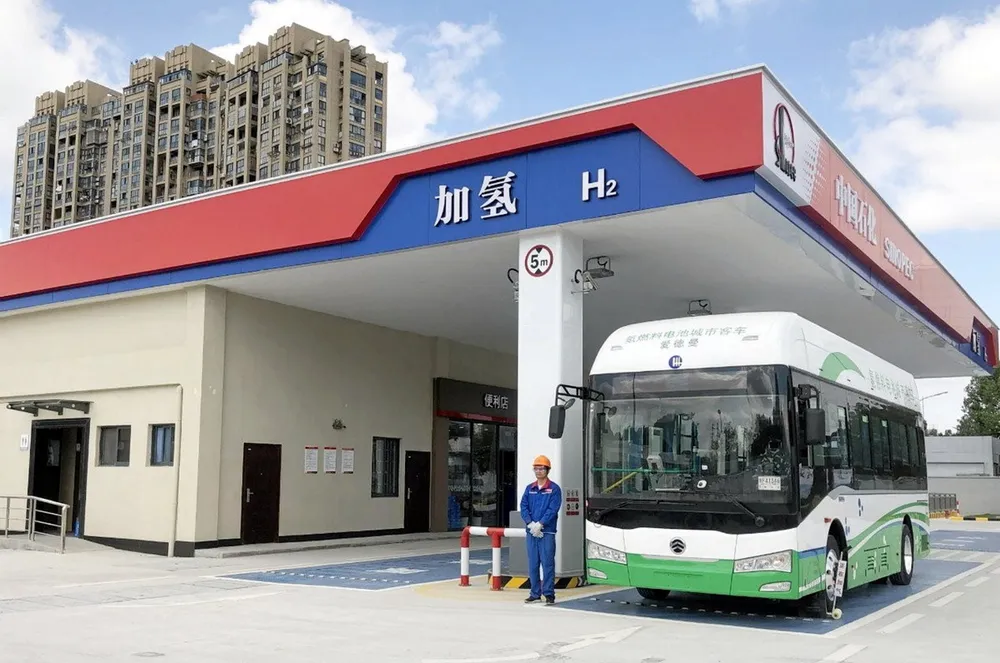Chinese provinces aim to install more than 1,200 hydrogen refuelling stations by end of next year: analyst
If the targets are achieved, the total would exceed the current number of H2 filling stations installed around the world

If the targets are achieved, the total would exceed the current number of H2 filling stations installed around the world
